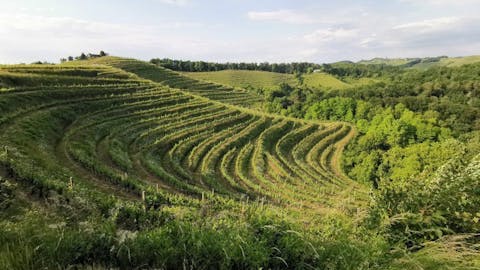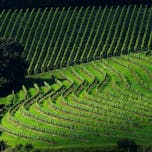
Soil
LIGHT, WELL-DRAINING, AND NOT TOO RICH SOILS. IDEAL FOR VINES.
The soil significantly influences the character of the wine. The parent material in the vineyards of Styria is not uniform. Dominant are marl and limestone sandstones, shale, gneiss, and tonalite. The varied composition of the parent material emphasizes the differences between the wines of the Styrian sub-regions, which are noticeable and interesting to discover.
Regardless of the parent material, the soils in the vineyard locations throughout Styria are sufficiently deep, airy, and well-draining, allowing the vines to thrive and produce harmonious wines with a pronounced floral character.



Soils can change within just a few meters of distance on a single site. This complicates the work of the winemaker but also allows for differences in ripeness and aromatic profiles, resulting in more diverse and complex wines. At the hilltops, sandy soils predominantly prevail. Towards the base of the hill, the soils become heavier as the clay content increases.
In Styria, vines grow exclusively on sloped soils, which can have a gradient of 40% or more. The soils in flat areas are poorly drained, exposed to spring frosts, and generally too rich for the modest grapevine.
On sloped terrain, erosion and soil creeping are problems. To prevent erosion and make cultivation easier, the vineyards are grassed. On the steepest slopes, especially in Haloze and Jeruzalem, vineyards are often planted on terraces.